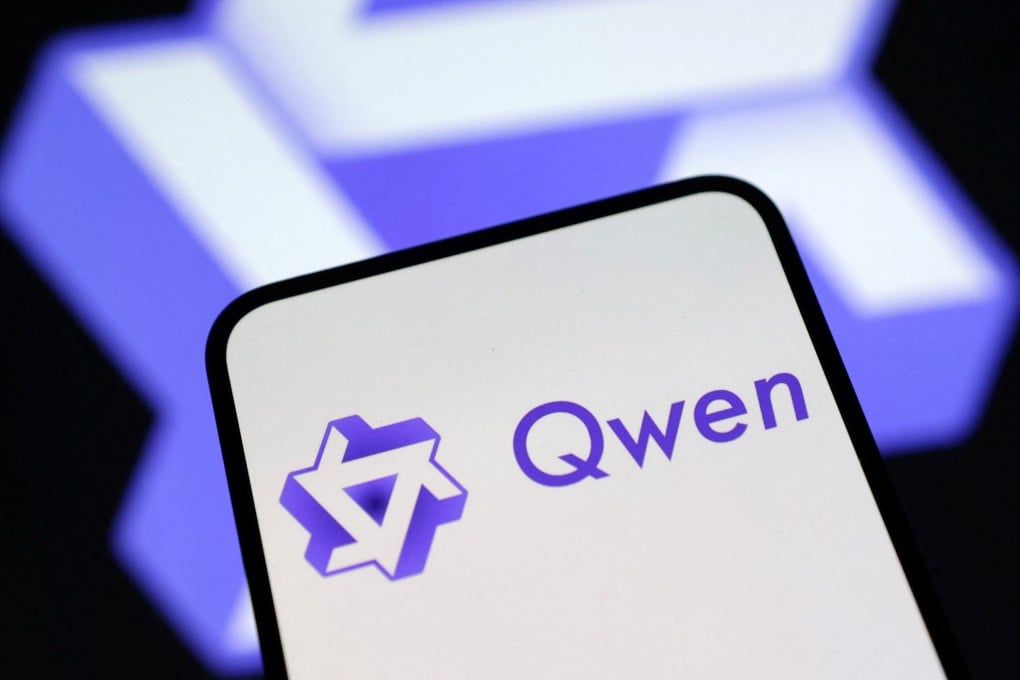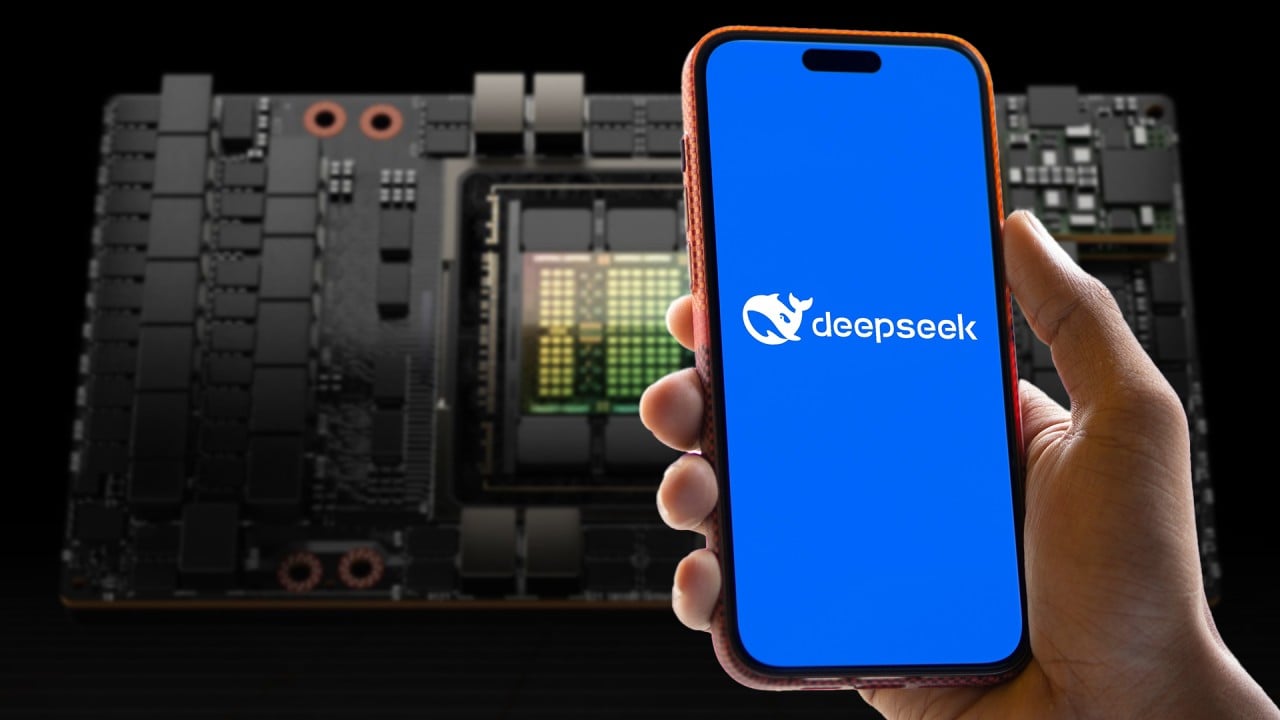Alibaba’s Qwen AI models enable low-cost DeepSeek alternatives from Stanford, Berkeley
Stanford’s S1 and Berkeley’s TinyZero are two examples of how researchers are increasingly using Alibaba tech to lower AI training costs

The S1 reasoning model was developed on top of the Chinese e-commerce giant’s Qwen2.5-32b-Instruct model by researchers from Stanford University, where Li works, and the University of Washington, according to a research paper published last week.
After being trained with answers to 1,000 carefully curated questions and the “thinking process” distilled from Google’s Gemini Thinking Experimental model, the S1 model outperformed OpenAI’s o1-preview on maths and programming skills, according to the paper.
The cost of running just the graphics processing units (GPUs) to develop S1 could be as low as US$14 based on the compute noted in the research, which says the model was trained for 26 minutes on 16 Nvidia H100s. These chips can be rented for US$2 per hour.
